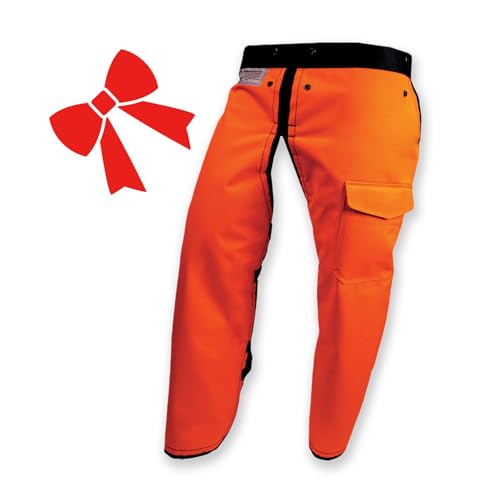I've got to ask a newbie question. What's 8/4? I was thinking something along the lines of 1 3/4".
Brad,
In addition to that link you found, consider that most lumber requires some size for the process of finishing. So an 8/4 piece will only be 1 3/4" in finished size, typically. If you get a finished 8/4 that is a full 2", consider that a blessing (when buying from a store).
There is also an entire list of categories of timber/lumber as well. S2S (surfaced 2 sides), S4S (surfaced 4 sides), S1E (surfaced 1 edge), S&E (side and edge), etc...there are way too many to list...as there is also formulas for calculating for size of knots, how close they are to edge, length of splits at the end, etc...and that will determine that grade as well (#1, #2, or less).
Not trying to confuse you, but buying wood is one of the most complicated ordeals for one to experience, IMO, and it always seem you have to pay for some shortage some where along the line. Whether you like it or not!

Another thing to consider is that you can't just slab them and make shelves out of them unless you will accept good size checking, the wood your cutting will be wet. So plan to let it dry and/or find a kiln to help speed that process up. 8/4 will take 2 years to completely dry out enough to use to build with. You have space, so might be able to build a small kiln in the backyard, possibly, or your garage, or find someone in your area with a kiln. I would make sure to get the ends sealed and let it dry.




























































 Bob is thinking about starting to design and build a new mill,
Bob is thinking about starting to design and build a new mill,